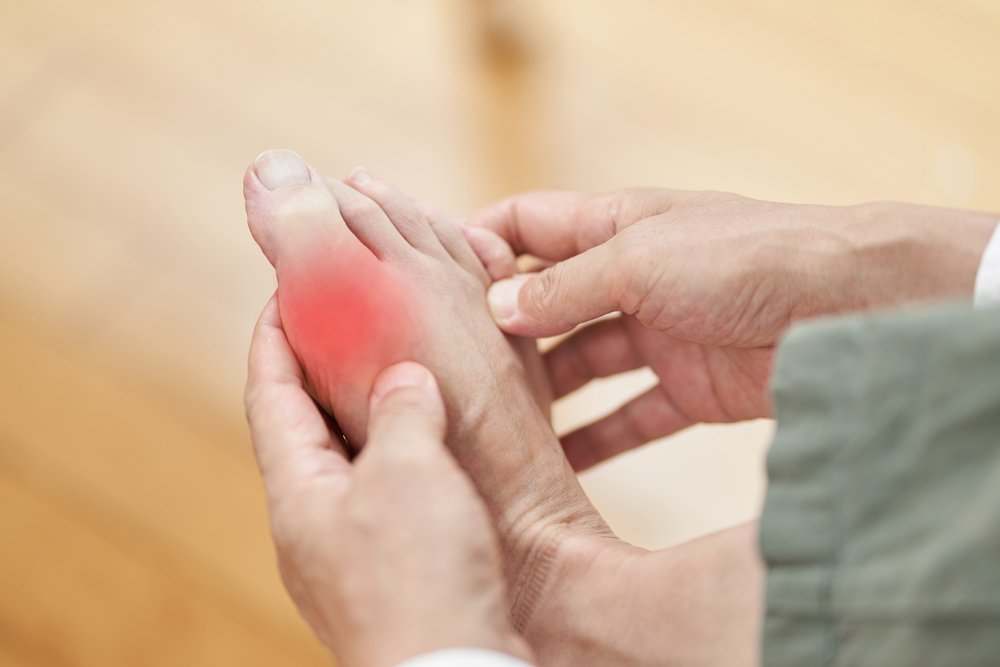
What is Gout?
Gout is a type of inflammatory arthritis. It is caused by accumulation of uric acid crystals in a joint and characterized by intense joint pain and swelling. It commonly affects the big toe or other joints of the foot or ankle. However it can also affect the knee, elbow, wrist or finger and multiple joints may be effected in chronic gout.
How Do You Diagnose Gout?
A key diagnostic tool is a joint fluid analysis, where fluid is extracted from the swollen joint and examined under a microscope for uric acid crystals. Blood tests may indicate an elevated serum uric acid. Diagnostic imaging tests, including Xray, ultrasound or dual-energy CT scans may also help to make the diagnosis of gout.
How Do You Treat Gout?
The initial management of gout focuses on the acute management of the joint flare. Nonsteroidal anti-inflammatory drugs (NSAIDs), corticosteroids, or colchicine are typically prescribed to reduce the acute joint pain & swelling. The choice of medication may depend on the severity and extent of joint involvement as well as the patient's medical conditions. It is important to treat a gout flare as soon as it is suspected, to help limit the duration and severity of the joint pain & swelling.
Once the acute gout flare has subsided, then long-term management of gout aims to lower uric acid levels in the blood, to prevent recurrent gout attacks and to prevent formation of tophi - which are deposits of uric acid crystals that form around joints as well as other tissues within the body.
First line Urate-lowering therapy (ULT) prescription medications include allopurinol and febuxostat. Probenecid is occasionally prescribed to patients intolerant to first-line ULT. IV Krystexxa (generic name: Pegloticase) is an intravenous infusion medication administered to adults with chronic gout, who have not responded to or cannot tolerate first-line ULT.
What is the Role of Lifestyle and Diet in Gout?
Lifestyle modifications are also necessary in the management of gout. It is important to avoid a diet rich in purines – since purines break down to form uric acid which accumulates in the body. Adequate hydration is integral to help promote excretion of uric acid in the body. Also, reducing consumption of sugary and/or alcoholic beverages helps to prevent accumulation of increased uric acid in the body.
The diagnoses and treatment of gout requires a comprehensive approach that includes a careful clinical assessment with appropriate diagnostic testing. Adherence to the prescribed medical therapy and dietary/ lifestyle modifications is key to prevent future painful gout attacks and avoid irreversible joint damage from uncontrolled episodic or chronic gout.
If you are experiencing intense joint pain & swelling which may be due to Gout and are seeking an accurate diagnosis and comprehensive treatment plan, contact Dr. Veena Nayak, M.D. Board Certified Rheumatologist at Southland Rheumatology Center.
We will complete a thorough clinical evaluation, with state-of-the-art diagnostic blood tests and imaging to accurately diagnose your condition. We will utilize an integrative approach targeted to treat your joint pain and prevent further damage.
Please click here to schedule an appointment or call us at (708) 283-2600 to inquire further.


